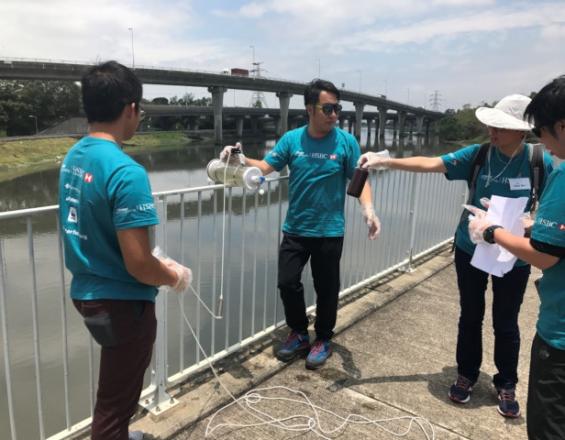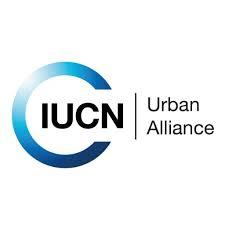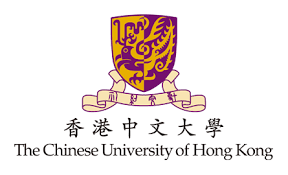
Assessing the contribution of river pollution to climate change in Hong Kong

In Hong Kong, green buffers around urban water-bodies were studied in order to investigate the environmental factors influencing the emission of greenhouse gases from rivers. The researchers, with the help of citizen scientists, compared the amount of available carbon dioxide (CO2), methane (CH4) and nitrous oxide (N2O) in 15 urban rivers in Hong Kong. Each river was subject to a different amount of pollution from its surrounding catchment. Citizen scientists took samples to determine the quantity of nutrient pollution and carbon present in each site. This information allowed researchers to examine the link between river catchment conditions, in particular the presence of green buffer areas, and the carbon emission of rivers and how this fluctuated with seasons.
Impacts
The preliminary results suggest that all of the sites measured were supersaturated with carbon dioxide, methane and nitrous oxide, confirming that the rivers acted as net emitters of greenhouse gases and the significant role that rivers have in the global carbon cycle. It was found that rivers with lower pollution loads had lower available greenhouse gases and were less likely to emit as much greenhouse gases back into the atmosphere. In particular, high CO2 emissions were correlated with high ammonia, nitrogen and phosphorus concentrations, typical for rivers with low vegetation cover and high pollution sources. This nutrient enrichment is thought to increase the amount of microbial activity in rivers, thus leading to greater CO 2 production.
The results suggest that improving water quality and reducing nutrient loads in rivers could limit the amount that a river acts as a carbon source, along with improving the riverine ecosystem for aquatic life and other users and stakeholders.










